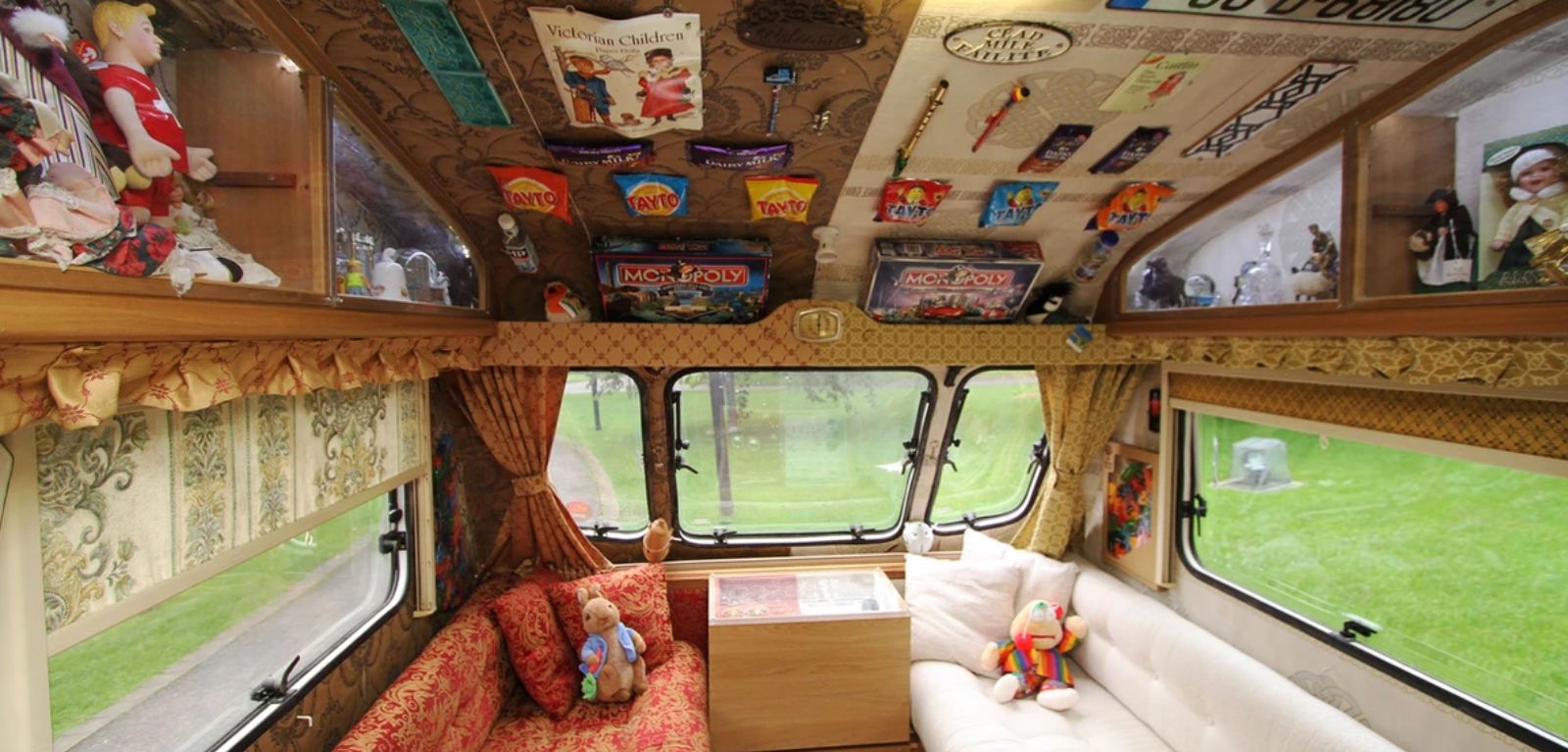Queen’s and TCD collaborate on new digital archive capturing the artistic legacy of the Irish border
A new digital archive capturing the artistic legacy of the Irish border has recently been launched by academics from Queen’s and Trinity College Dublin.

Ireland’s Border Culture is a groundbreaking open access digital archive of the literature, visual art, memoir and film of Ireland’s ‘cultural borderscape’ from 1921 to the present day.
The project is a collaboration between the Seamus Heaney Centre at Queen’s and the Trinity Long Room Hub Arts & Humanities Research Institute. The project is funded under the Higher Education Authority’s North-South Shared Island research programme.
170 examples of literary and visual culture from and about the Irish border are featured in the archive ranging from Big Tom’s Back to Castleblayney to Lisa O’Neill’s No Train To Cavan, and Spike Milligan’s Puckoon to Rita Duffy’s United Ireland Tea Towel.
The editing team was led by Dr Garrett Carr from the Seamus Heaney Centre and Dr Aisling Reid from the School of Arts, English and Languages at Queen’s, who sourced, among other items, memoir extracts from politician and writer Cahir Healy, who was interned on the Argenta prison ship in Belfast Lough from 1922 – 1924 for his anti-partitionist activities.
Speaking about the project, Dr Carr said: “In capturing some of the artistic legacy of the border’s 100-year existence, the project has spotlighted the significance of writers, painters, photographers and film-makers in articulating the full complexity of life around the border region. We hope that this resource will be used by teachers, students, cultural historians and policy-makers, and members of the public at home and abroad, who are interested in Ireland’s border experience.”
The digital archive includes extracts from numerous writers, including poets Louis MacNeice, Ciaran Carson, Paul Muldoon and Eiléan ni Chuilleanáin, and novelists Pat McCabe, Jennifer Johnston, John McGahern and Michelle Gallon.
It also features music, including country and western favourites Big Tom and the Mainliners, Dundalk punk poet Jinx Lennon and the 1964 Clones Fleadh Cheoil. Visual arts is also well represented including Gretta Bowen’s 1940s faux naif painting The Customs Examination and work by Rita Duffy, Desmond Reid, Mairead McClean and others.
“Ireland’s border is not just a political or constitutional division, it is a region of distinct creativity. Ireland’s Border Culture project aims to document the richness and variety of references to the border and understand partition’s effect on a unique kind of cultural productivity. The selected examples illuminate Ireland’s ‘cultural borderscape’ and represent the border as an imaginative and creatively productive space,” explains Professor Eve Patten, Professor of English and Director of the Trinity Long Room Hub Arts and Humanities Research Institute.
Most of the curation was undertaken by the project’s postdoctoral researcher Dr Orla Fitzpatrick, a specialist in Irish visual culture.
With plans to develop and expand this growing resource with the inclusion of more writing from new immigrant communities in the border areas, the research team is keen to see how different users will respond to the material and perhaps suggest future inclusions.
The project was officially launched at Trinity’s Arts and Humanities Research Festival in Trinity College Dublin on Monday 23 September 2024.
The digital archive is available here: https://borderculture.net
